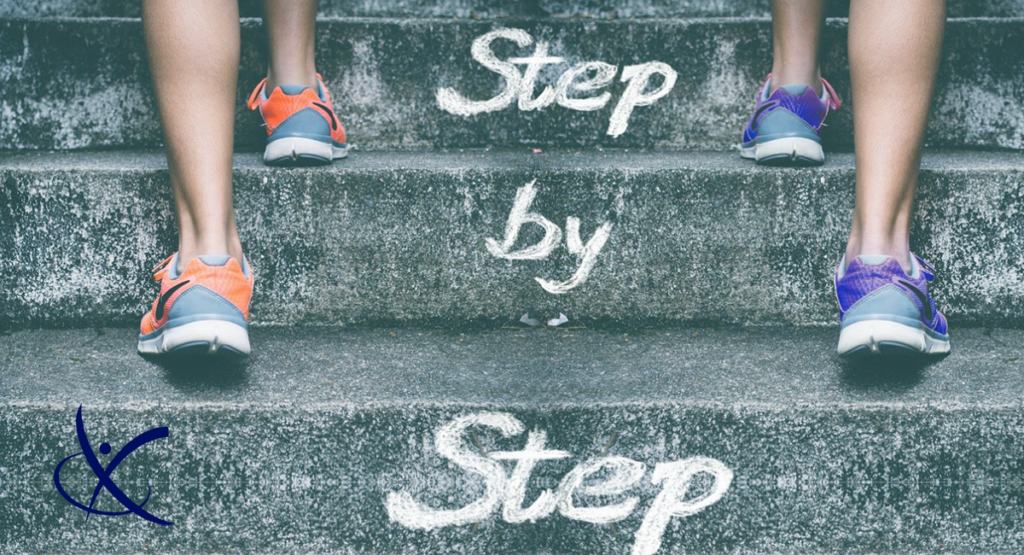TAKE THE STAIRS
I’ve heard it from my grandparents, my parents, my friend’s parents, patients, etc…stairs are difficult as you get older. And a lot of people will prefer downsizing houses at a certain age not just because of the size, but because of the floors as well. Fewer stairs to climb is preferred and even single floor houses are the goal at times. I can absolutely understand the reasons behind this, but it does come with a cost as well. The point I always try to hit home is that while the house may not have stairs, the world around us does. If you don’t exercise regularly, and we do suggest everyone exercise regularly, and you eliminate stair climbing for the majority of your day/week, then you’re going to find yourself behind the eight ball pretty quickly. The knee and calf are two major players in the leg game with respect to locomotion (moving around) and maintaining strength. They are responsible for propelling us forward and lifting your body weight. They are both surrounded by large, powerful muscle groups, and the knee is the largest joint in the body by surface area. It’s no surprise that the knee is a source of so many problems as people get older, but much of that is entirely preventable. I’m not saying all, because there are definitive genetic factors that contribute to degeneration, but improving strength and mobility is always the goal regardless of the underlying cause. For older individuals, a walking gait characterized by short and shuffling steps can be addressed by keeping the calf and quadriceps muscles strong.
So why does taking the stairs help? Well, for starters, it helps maintain a certain level of appropriate stress on your legs. I’m not saying you have to do box jumps or hike a mountain, but the world around us is built in levels connected by steps of a certain height. Building codes will keep steps around 7 inches max, so it’s probably a good idea to ensure your legs can always traverse a 7-inch step for repetitions. This is not an insurmountable task, but it does become a herculean one if your muscles lose the capacity to move your body weight. If you stop exposing your legs to that stress, then it becomes a domino effect with respect to your ability to “get around.”
Taking the stairs will also help build more lean muscle tissue, and keep your heart stronger. The more lean muscle tissue your body has, the better your musculoskeletal health will be, and in turn your ability to continue to move. Stairs require a bit more effort, so your heart will have to work harder as well, and that’s a good way to improve cardiovascular health and circulation. There will always be circumstances that prevent someone from meeting these goals, especially as we get older, but there are always other alternatives at your disposal. That’s where we excel if I do say so myself. We encourage everyone to keep moving, especially as we get older. The older population is probably one that needs to be pushed the hardest when in reality our society’s notion is to restrict them the most.
So there you have it. My simple suggestion is to keep taking the stairs. And if it hurts or is very difficult, that means your body is already telling you that it’s falling behind. The ability to ascend and descend a standard flight of stairs is a great benchmark for all of us and we want you to maintain that ability, so you can maintain your mobility.
Happy Training!
